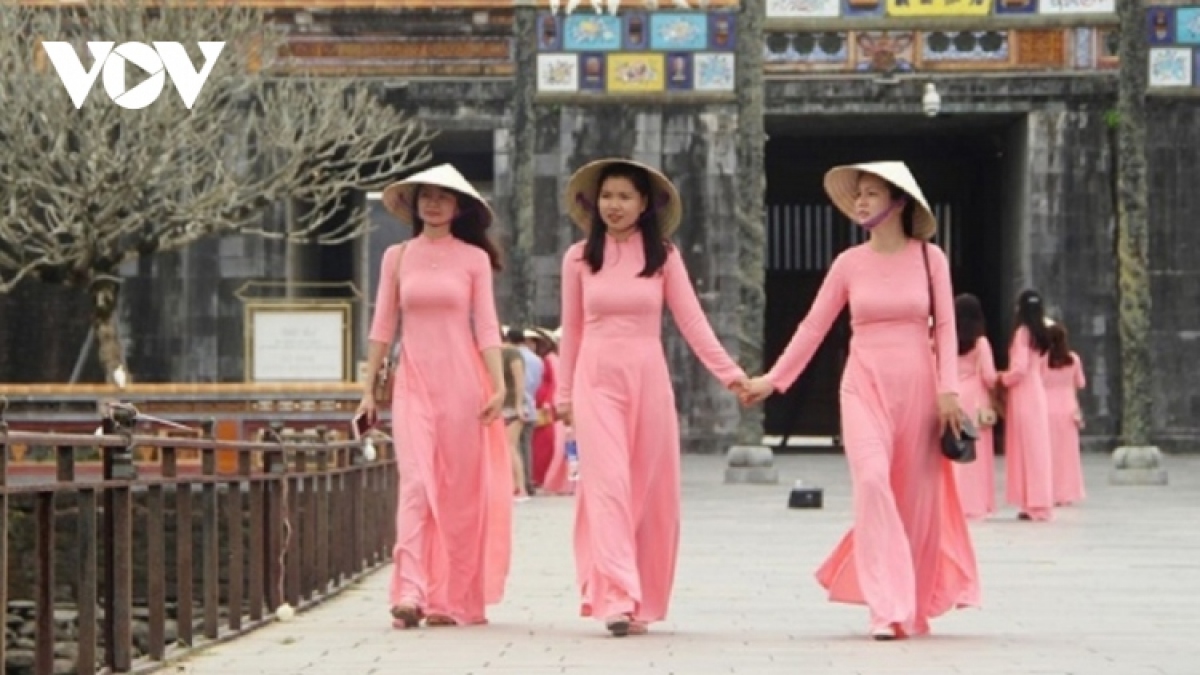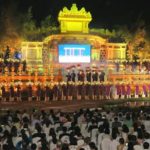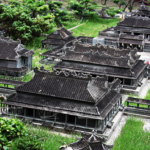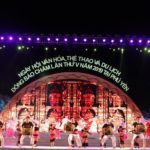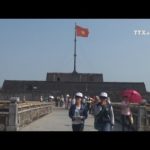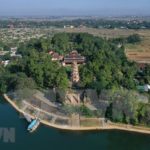Participants at the event will explore the current state and a variety of solutions for the sustainable development of conical hats in the local area. They will discuss the advantages and disadvantages of each solution and how each could be implemented successfully.
The event will give craftsmen a unique opportunity to come together and share their knowledge about the tradition of making conical hats. It will be a great platform for them to learn from each other and develop their skills.
Advertising Hue conical hats and exploring ways to enhance vocational training for local practitioners are set to be hotly-debated topics at the upcoming conference.
The international conference is jointly organized by the Friedrich Naumann Foundation for Freedom (FNF) Vietnam and the Hue Conical Hat Association, and is anticipated to draw numerous local and international intellectuals and artisans.
The craft of conical hat making has been practiced in Thua Thien-Hue for centuries. Even today, it is still well preserved in Tay Ho village of Phu Ho commune, My Lam village of Phu My commune, and the villages of Phu Cam, Phuoc Vinh, Doc So, Trieu Tay, and Huong So in Hue.
Craftsmen residing in the village produce and sell millions of conical hats to the market each year, not just to meet the needs of local people, but also to provide an attractive souvenir for visitors to the province. Their unique creations have become a symbol of the region, representing its culture and heritage.
Along with the typical three-layer conical hats made from palm leaves, local artisans in Vietnam also use leaves from the lotus and bamboo to produce conical hats. These hats, which are crafted with great skill and precision, are a testament to the creativity and ingenuity of the Vietnamese people.
A Replica of Hue in South Vietnam
Nguyen Thanh Tung lived in Hue for only five years, but its beauty has been deeply carved in his mind. He nurtured for a long time an idea to make a replica of his native city, which had been, for nearly four centuries, the country’s capital imbued with full national cultural and historical identities. Hue was recognized by UNESCO as a World’s Cultural Heritage in 1993.

